Venomous snakes have long been feared and misunderstood creatures, often portrayed as aggressive killers ready to strike at a moment’s notice. However, the reality of snake behavior is far more nuanced and fascinating. Many venomous snakes actually demonstrate remarkable restraint in their defensive behaviors, frequently choosing to withhold their venom or deliver “dry bites” without injecting toxins. This phenomenon of venom conservation represents a sophisticated evolutionary strategy that balances survival needs with resource management. From the intimidating rattlesnake’s warning system to the cobra’s impressive threat display, these reptiles have developed multiple defensive tactics that precede actual venom use. This article explores the surprising world of venomous snake restraint, examining why these powerful predators often hold back their most potent weapon.
The High Cost of Venom Production

Venom is an extraordinarily expensive biological resource for snakes to produce in terms of energy expenditure. The complex proteins and enzymes that makeup snake venom require significant metabolic investment, with some studies suggesting that venom regeneration can take days or even weeks to complete. During this replenishment period, snakes may be at a disadvantage when hunting prey or defending themselves against predators. The metabolic cost is so substantial that some research indicates snakes may need to consume up to 20% more calories when actively regenerating their venom supplies. This biological reality creates a powerful evolutionary incentive for snakes to use their venom judiciously, deploying it primarily when absolutely necessary for feeding or survival.
Dry Bites: A Strategic Defense Mechanism
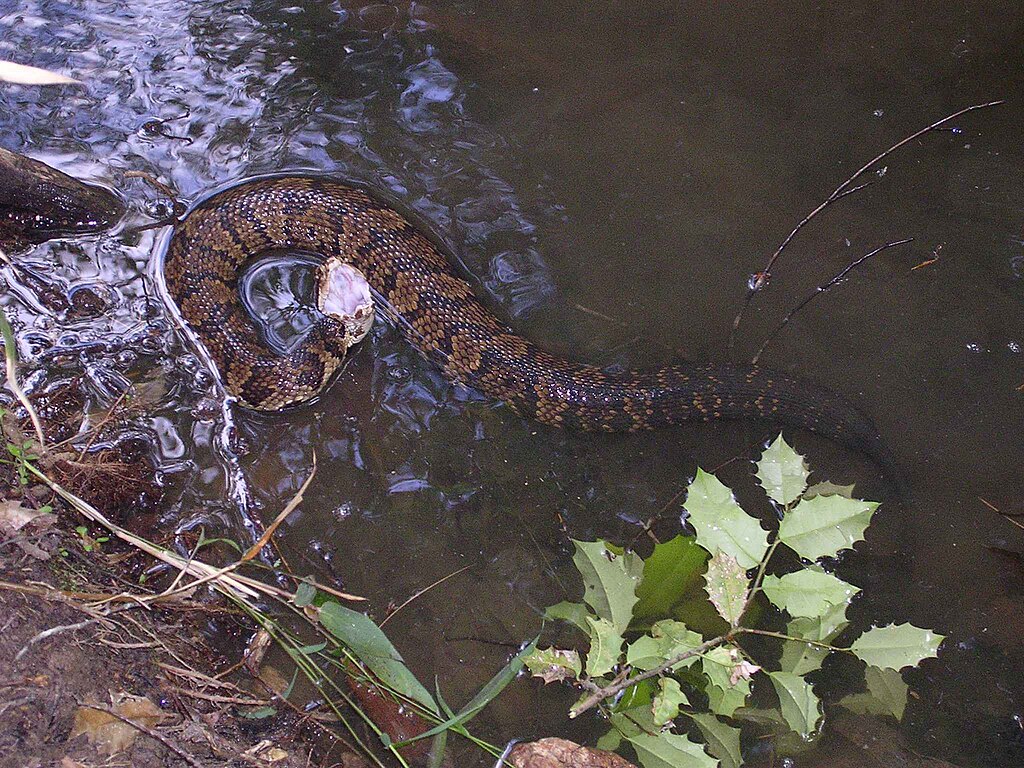
One of the most fascinating behaviors among venomous snakes is the delivery of “dry bites” – defensive strikes where the snake chooses not to inject venom despite having a full supply available. Research has documented dry bite rates ranging from 20% to as high as 80% in some venomous species during defensive encounters with humans. This selective venom deployment demonstrates remarkable control over a complex biological weapon. Dry bites serve as a final warning system, allowing the snake to create pain and fear in a potential predator without sacrificing valuable venom resources. The frequency of dry bites varies significantly between species, with some research suggesting that larger, more dangerous species like king cobras may deliver proportionally more dry bites than smaller venomous snakes, possibly because their venom is more metabolically expensive to produce.
Venom Metering: Precise Control Over Toxin Delivery
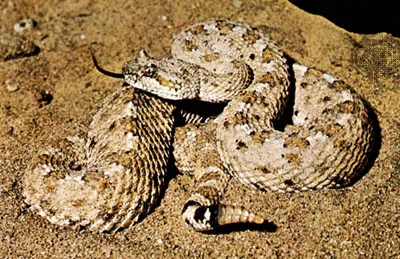
Beyond the simple binary choice of delivering venom or not, many venomous snakes display sophisticated “venom metering” – the ability to control precisely how much venom they inject during a bite. This remarkable adaptation allows snakes to deliver appropriate venom doses based on the specific situation they face. When hunting small prey, a snake might inject just a tiny amount of venom, while larger prey might receive a much more substantial dose. In defensive situations, research has shown that snakes can modulate their venom delivery based on the perceived threat level, often using less venom against non-prey threats like humans than they would when hunting. This precise control system helps explain why snake bite symptoms can vary dramatically between victims, even from the same species of snake.
The Multiple Warning System of Rattlesnakes
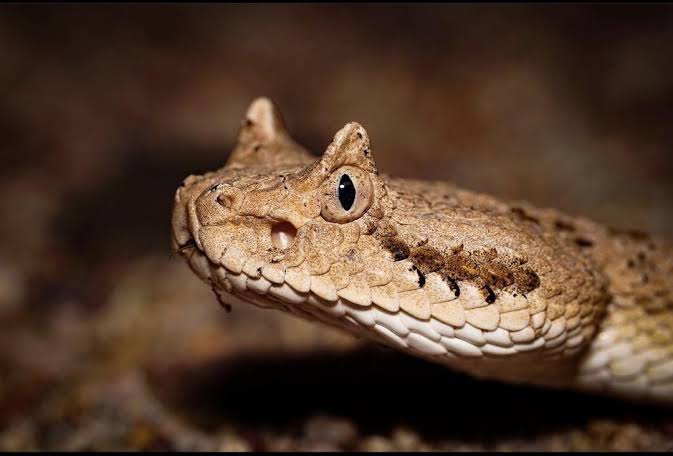
Rattlesnakes represent one of the most advanced examples of venomous snakes that prefer to avoid conflict rather than strike. Their iconic rattle serves as a sophisticated acoustic warning device that alerts potential threats to their presence long before a bite becomes necessary. This warning system is complemented by body posturing, where the snake forms an S-shaped coil and raises its head in a defensive position. Rattlesnakes will typically go through multiple escalating warning behaviors before resorting to a strike, including hissing, false strikes (striking with a closed mouth), and finally, if necessary, actual bites which may or may not contain venom. Research on western diamondback rattlesnakes has documented that individuals will rattle for an average of 25-40 seconds before striking when continuously threatened, demonstrating a clear preference for warning over attacking.
Cobras and Their Impressive Threat Displays
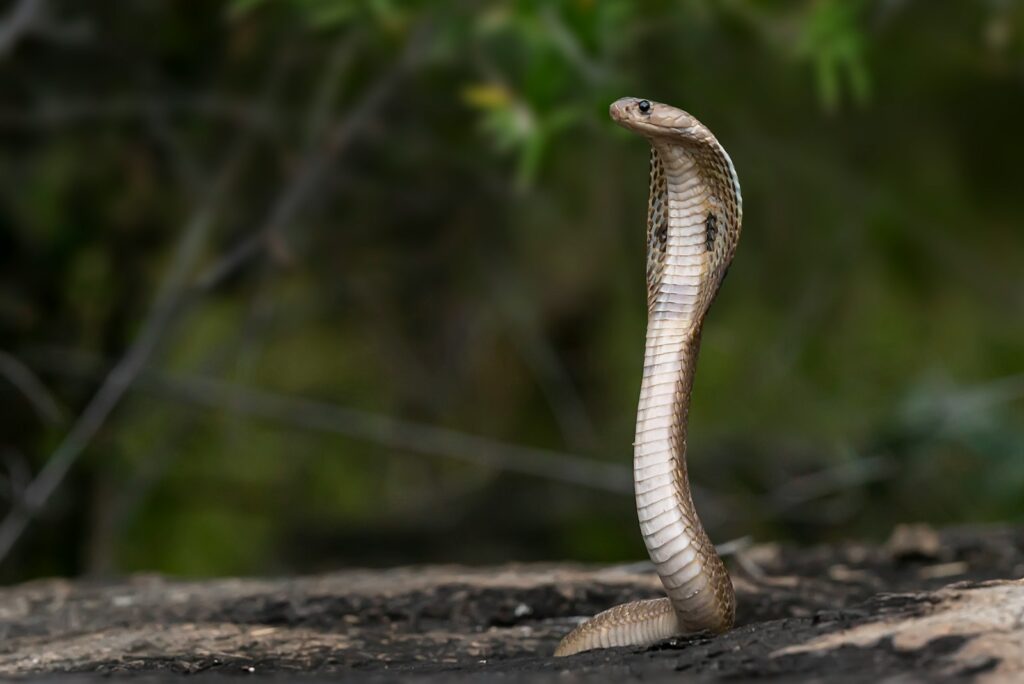
Cobra species have evolved some of the most visually dramatic warning displays in the snake world, designed specifically to deter threats without requiring venom use. When threatened, cobras elevate the front portion of their body, spread their distinctive hood by extending specialized ribs behind their head, and may even spit venom as a distance deterrent rather than delivering a bite. These dramatic displays serve as clear communication to potential predators that the snake is dangerous and prepared to defend itself. Studies of king cobras have shown that they may maintain threat displays for extended periods, sometimes exceeding 30 minutes, demonstrating remarkable patience in attempting to resolve conflicts without striking. The energetic cost of maintaining these displays is significantly lower than the metabolic investment required to replace venom, making them an efficient first line of defense.
Venom Conservation for Hunting Efficiency
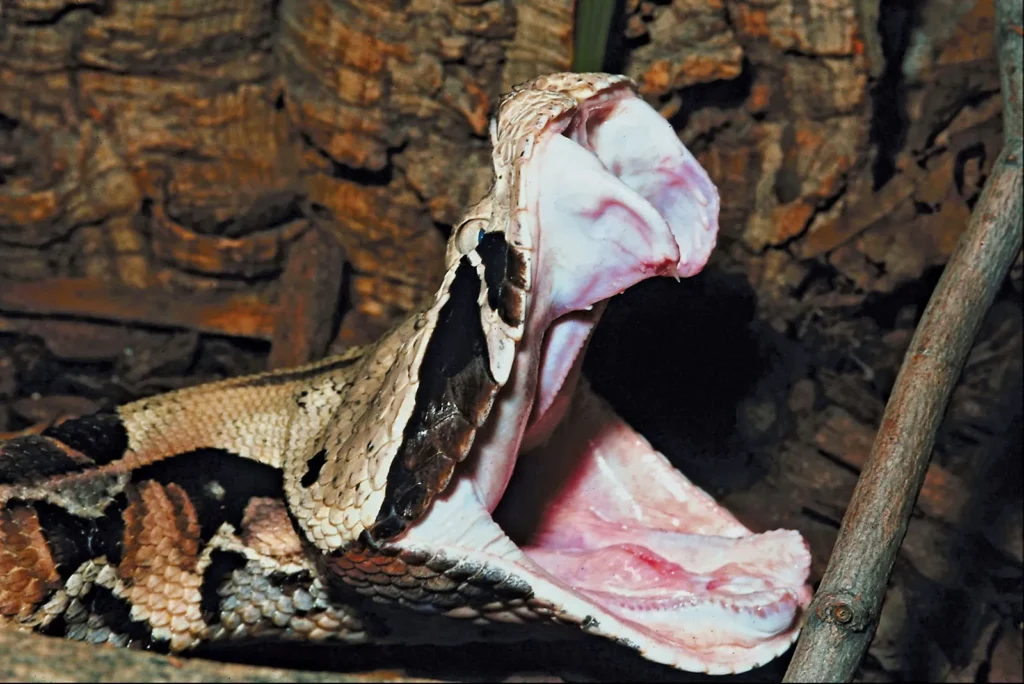
The primary evolutionary purpose of venom is not defense but predation, making venom conservation during defensive encounters critically important for a snake’s hunting success. Many venomous snakes subsist on prey that requires precise venom delivery for efficient hunting, with some specialized feeders evolving toxins specifically targeted to their preferred prey species. A snake that depletes its venom glands in a defensive encounter may face days of hunger while waiting for venom regeneration. This hunting imperative creates strong selective pressure for snakes to develop alternative defensive strategies that don’t compromise their ability to feed. Field research has documented cases where snakes that recently used venom defensively showed reduced hunting success in the following days, highlighting the real survival costs of defensive venom use.
The Role of Temperament and Individual Variation
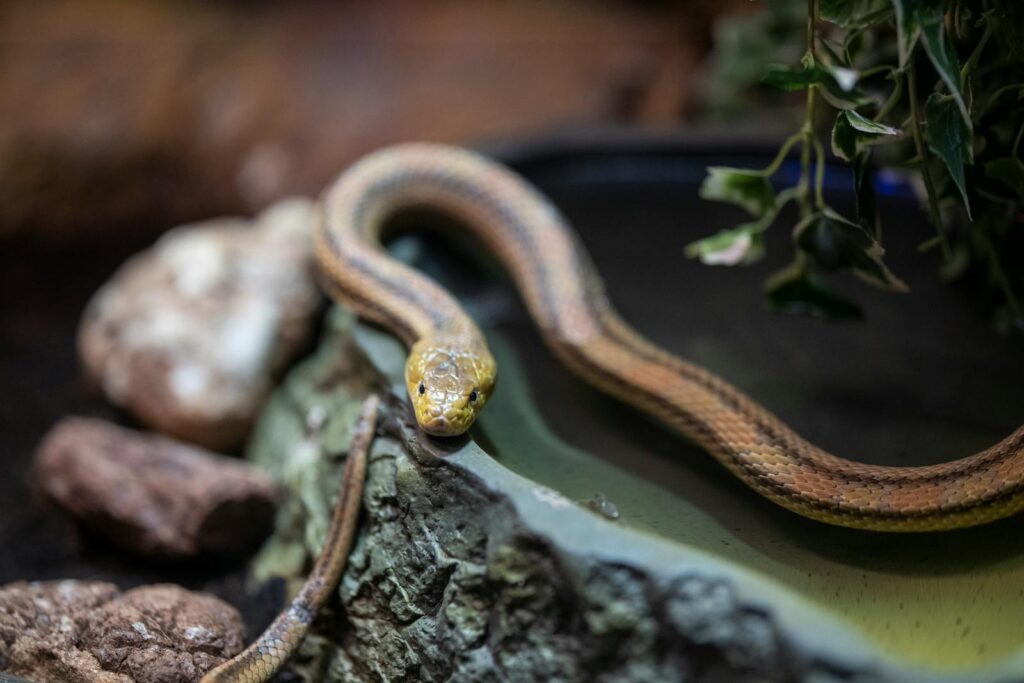
Venomous snakes display remarkable individual variation in their defensive responses, with some individuals consistently showing greater restraint than others of the same species. This variation in temperament has been documented across numerous venomous species, with researchers identifying what might be described as “shy” versus “bold” behavioral tendencies. Some individual snakes will consistently attempt to flee from threats, while others more readily enter defensive postures and strike. These behavioral differences appear to have both genetic and environmental components, with some evidence suggesting that defensive responses can be shaped by early life experiences. Studies tracking individual snakes over time have found that these personality differences remain relatively consistent, suggesting they represent stable behavioral traits rather than random variation.
Environmental Factors Influencing Defensive Behavior
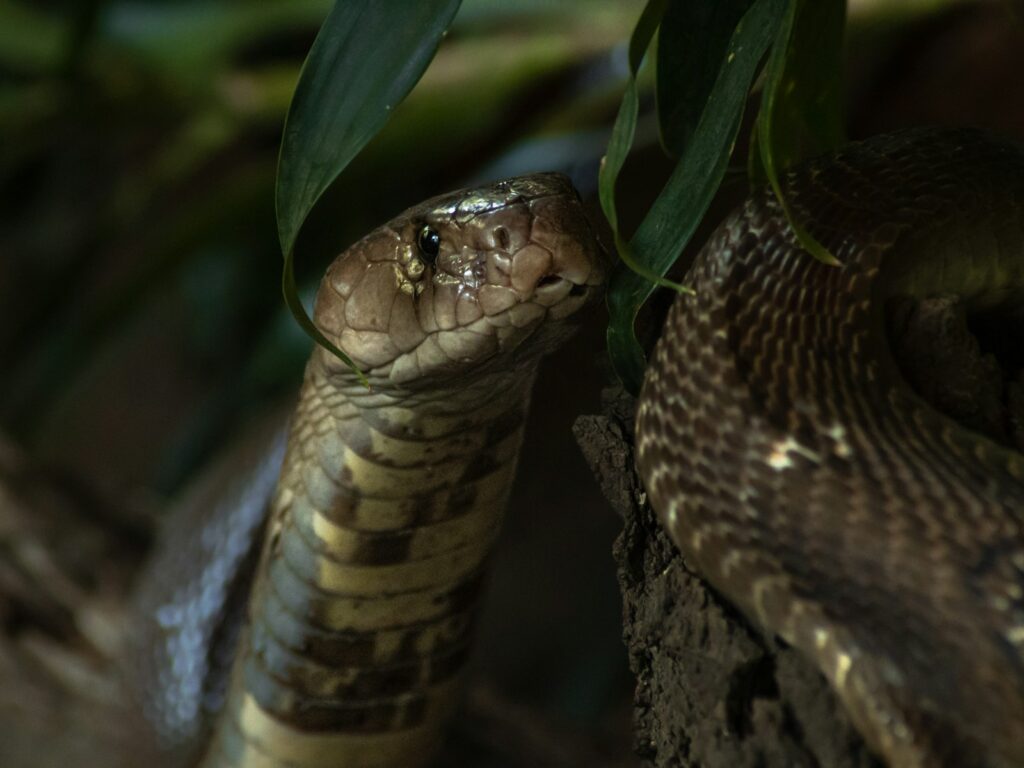
The context in which a venomous snake encounters a potential threat significantly influences its likelihood of delivering a venomous bite. Temperature plays a crucial role, as snakes are ectothermic animals whose metabolism and reaction capabilities are directly influenced by environmental conditions. During cooler periods, snakes may be physically less capable of rapid movement to escape, potentially making them more likely to stand their ground and bite if threatened. Seasonal factors related to reproduction can also significantly affect defensive responses, with females guarding eggs or gestating young typically displaying more aggressive defensive behaviors. Research has also demonstrated that hunger states can influence defensive behavior, with well-fed snakes generally showing more restraint than hungry individuals who may be more protective of their hunting territories.
Learning and Experience in Snake Defensive Tactics
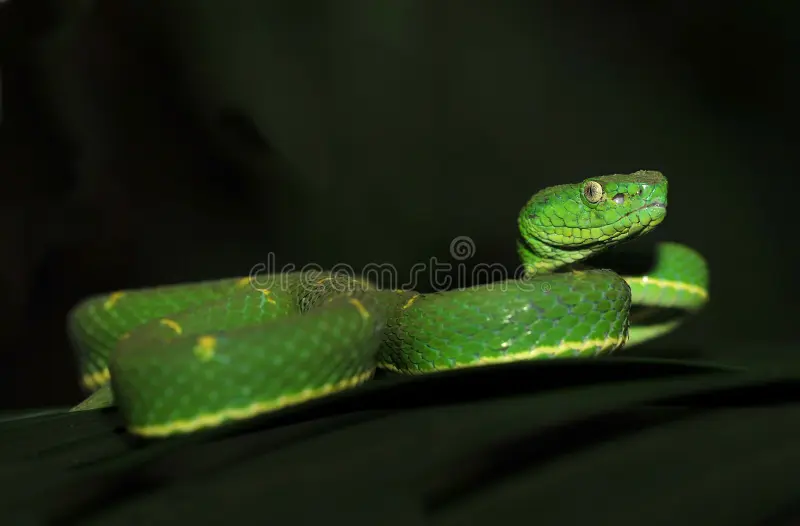
Contrary to the popular perception of snakes as simple, instinct-driven creatures, evidence suggests that venomous snakes can learn from experience and modify their defensive behaviors accordingly. Captive studies have demonstrated that venomous snakes can become more tolerant of non-threatening handling over time, gradually reducing their defensive responses when they learn that certain stimuli don’t represent actual danger. Wild snakes in areas with frequent human contact often display different defensive thresholds compared to those in remote locations, suggesting population-level adaptation to human presence. Some of the most compelling evidence comes from rehabilitation facilities, where handlers report that many venomous snakes show measurable changes in defensive behavior after repeated non-threatening interactions, indicating a capacity for behavioral plasticity based on experience.
Evolutionary Adaptations Beyond Venom
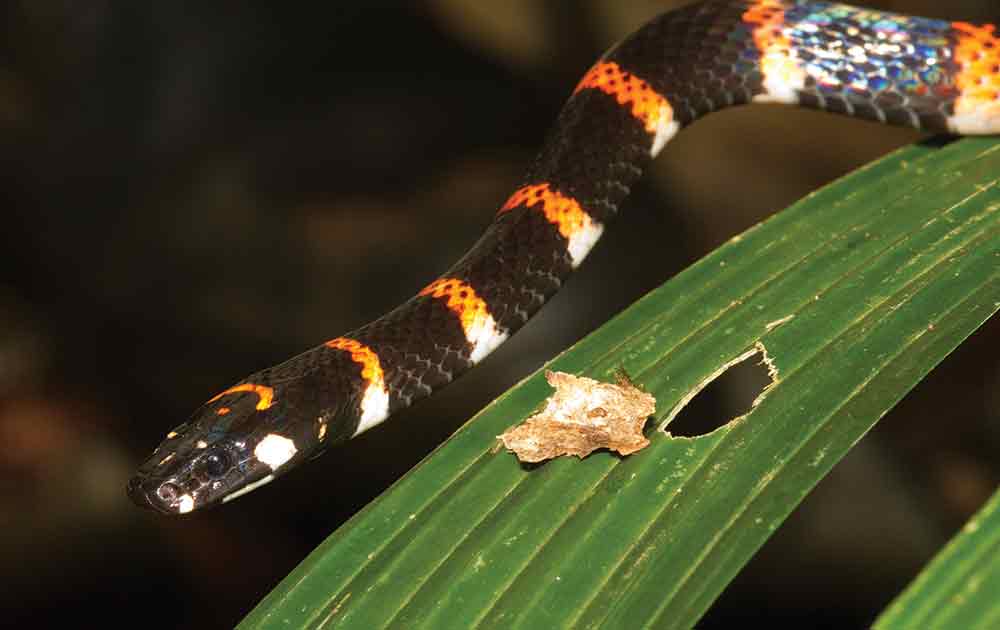
Many venomous snake species have evolved additional defensive adaptations that reduce their reliance on venom use. Camouflage represents one of the most widespread strategies, with venomous species like the Gaboon viper possessing extraordinary pattern-matching abilities that make them nearly invisible in their natural habitat. Mimicry represents another sophisticated adaptation, with some harmless species evolving to look like venomous ones (Batesian mimicry), while some venomous species mimic other, more dangerous venomous species (Müllerian mimicry). The scarlet kingsnake’s resemblance to the venomous coral snake represents a classic example of this evolutionary strategy. Some venomous snakes have also developed specialized escape behaviors, like the sidewinder’s unique locomotion that allows rapid movement across loose sand, reducing the need for defensive stands that might require venom use.
The Myth of Aggressive Snakes
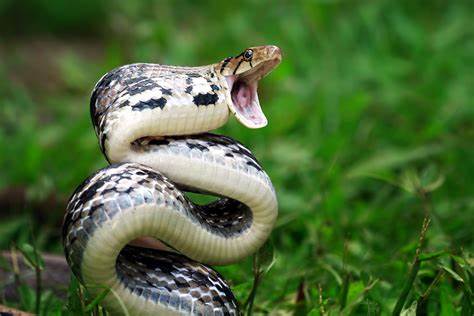
Popular culture often portrays venomous snakes as aggressive creatures actively seeking to attack humans, a misconception that contributes significantly to snake persecution worldwide. Scientific evidence consistently contradicts this narrative, demonstrating that even the most dangerous venomous species prefer avoidance over confrontation when encountering humans. Field studies tracking human-snake encounters reveal that in the vast majority of cases, snakes attempt to retreat or remain motionless rather than initiate aggressive behavior. When bites do occur, they typically result from the snake feeling cornered or directly threatened, not from unprovoked aggression. Conservation biologists have documented that many snake species will attempt to flee at distances of 3-5 meters from human approach, long before a person would even notice their presence, underscoring their preference for avoidance rather than confrontation.
Implications for Human Safety and Snake Conservation
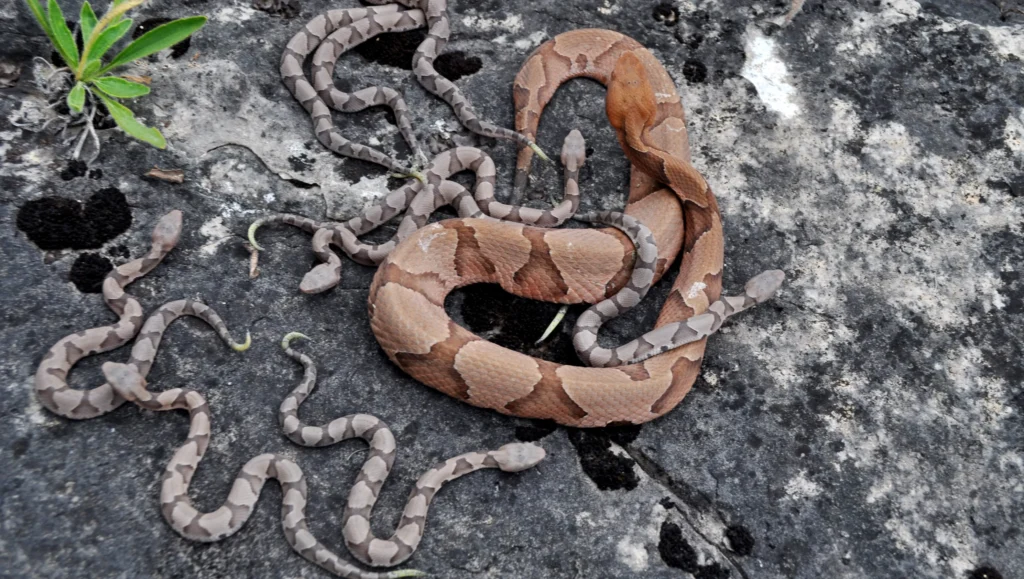
Understanding the reluctance of venomous snakes to bite has profound implications for both human safety and snake conservation efforts. Public education about actual snake behavior, emphasizing their preference for avoiding conflict and conserving venom, could significantly reduce the approximately 100,000 annual deaths worldwide from snake bites. Many bites occur when humans attempt to kill or capture snakes they encounter, situations that could be avoided with a better understanding of snake defensive behavior. From a conservation perspective, recognizing that these animals are not aggressive monsters but sophisticated predators with complex behaviors could help combat the widespread persecution that has led to population declines in many venomous species. Conservation programs that emphasize the ecological importance of venomous snakes, along with their actual behavioral tendencies, have shown success in reducing indiscriminate killing in several regions around the world.
The restraint demonstrated by venomous snakes challenges our deepest preconceptions about these remarkable reptiles. Far from being hair-triggered killing machines, most venomous snakes have evolved sophisticated systems to avoid conflict and conserve their precious venom resources. Their preference for warnings over attacks, their ability to control venom deployment precisely, and their reliance on multiple defensive strategies before resorting to biting all speak to the evolutionary sophistication of these ancient predators. By understanding the biological and behavioral factors that influence snake defensive responses, we can develop more effective strategies for preventing snake bites while also fostering greater appreciation for these misunderstood creatures. The next time you hear stories about “aggressive” venomous snakes, remember that in reality, most would much prefer to save their venom for dinner rather than waste it on you.




